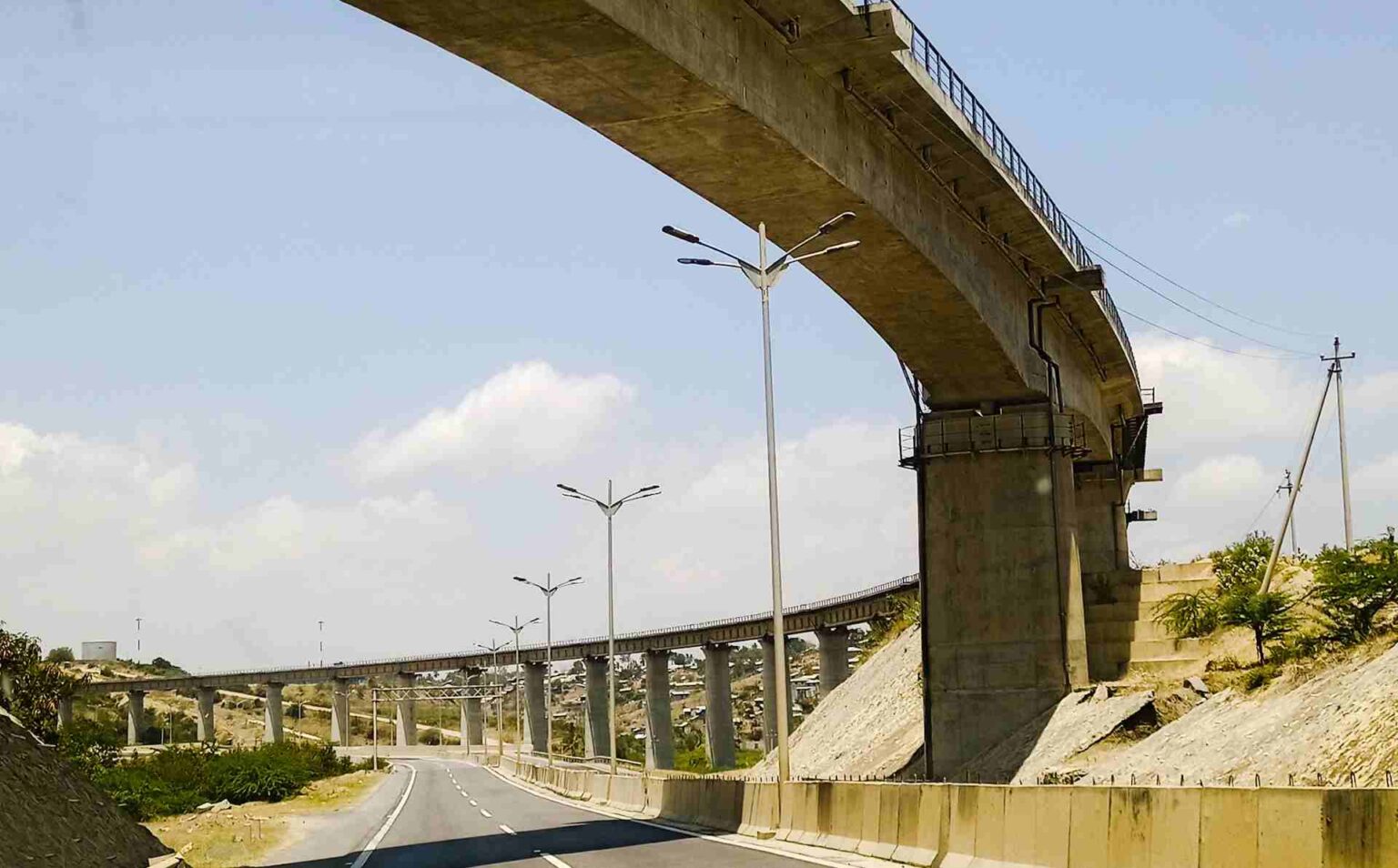The logistics industry has seen a significant shift in the past two years, with the period between 2020 and 2022 offering some of the most interesting developments for the global supply chain. In general terms, this change has been driven by a combination of technological advances, geopolitical shifts, and changing customer expectations.
The Covid-19 pandemic was a game changer for everyone – from carriers to truckers, shippers and governments. Even though it has (almost) gone away now, its effects are still felt by many, particularly in the logistics industry, since some of the patterns seen during the pandemic have taken shape.
The pandemic brought about new consumer trends that are here to stay – from an enormous switch to e-commerce while people were confined at home, substantial modifications of daily routines as countless individuals began working remotely, widespread supply chain complexities and drastic reductions in public transportation.
These alterations have made a significant impact on overall supply chains all around the world. The volatile freight rates, congestion, closed ports and the increased demand for shipping that are the aftermath of the COVID-19 pandemic and the ongoing conflict between Russia and Ukraine have considerably impacted people’s lives.
Globally, ships account for 80% of all trade, meaning any changes to maritime connectivity or increases in shipping costs can lead to higher inflation levels, shortages of food, and disruptions within supply chains – features sadly evident during this current global crisis. Due to these developments, the international logistics sector is projected to grow at a 6.8% compound annual growth rate (CAGR) from 2022 to 2030.
In Kenya, the logistics industry has seen an increase in service demand, and the government is taking steps to strengthen the sector with new investments. Much of Kenya’s infrastructure has suffered for a long time, and since the logistics sector hinges so much on it, challenges in supply chain efficiency have always been experienced.
Nevertheless, the government continues to improve the over 162,000 kilometres of documented roads, which will be a massive win for road transport and logistics in the country. The sector is expected to gain significant momentum as infrastructure and construction projects expand. Furthermore, its growth will be propelled by a surge in industrial activities, e-commerce ventures and an influx of foreign businesses into the country.
The logistics industry in Kenya and other African countries is poised to undergo a massive transformation with the implementation of the African Continental Free Trade Agreement (AfCFTA.
Though implementation of this agreement only began recently, there are substantial potential benefits for all involved. It’s estimated that intra-African trade could expand by an impressive 15% within two decades!
AfCFTA stands to make Africa the biggest single market in the world, connecting 1.3 billion people and representing a combined spending power of $4 trillion. This arrangement will bring about more accessible transportation of goods through reduced tariffs, conforming logistics operations at borders and various infrastructure projects due to increased freight over time.
While improved infrastructure will be a breath of fresh air for the logistics industry, there is no denying that other arms, such as trucking, continue facing challenges.
The geopolitical landscape and the ongoing Russian/Ukraine war pushed fuel prices to unprecedented levels of nearly $100 per barrel. This affected trucking and cargo transport across the globe, particularly in most developing African countries.
The war in Ukraine exacerbated the already high transportation costs in Africa – which are among the highest in the world. According to the 2021 Shippers Council of East Africa (SCEA) survey, transporters using the Northern Corridor route serving Kenya, Uganda, Rwanda, Burundi, DRC and South Sudan pay an overwhelming $1.8 per km for every container. The rate nearly doubles what is seen in many other countries ($1/km).
The expense and complexity of moving goods in Africa often present one of the most significant obstacles to businesses; in 2022, record-high fuel prices experienced in Kenya and Uganda have only increased these difficulties.
Tax regulations and inadequate infrastructure across many parts of Africa also affect logistics companies’ logistical dilemmas.
Meanwhile, the warehousing industry has stagnated due to the lack of contemporary warehouses that meet high standards. Significant investment and modern technology are needed to revitalise this sector, especially in automation and inventory management systems. Implementing these measures will likely generate an expansion of the warehouse market overall.
Moreover, the DRC’s entrance into the East African Community (EAC) is bound to transfer a portion of cargo from its northern corridor towards the central highway.
As the DRC becomes integrated into EAC’s trade infrastructure, manufacturers within the partner states stand to benefit greatly from economies of scale, making them increasingly efficient and competitive. This is bound to occur because logistics solutions providers have also been pushing for greater trade facilitation, offering end-to-end services to reduce freight costs and increase efficiency.
In 2023 and beyond, some of the trends seen throughout 2022 are likely to continue shaping the logistics industry. More logistics organisations are also expected to invest in advanced technologies such as autonomous logistics, real-time tracking and automation to optimise efficiency and remain competitive.
By introducing the latest technology-based strategies, logistics service providers can reliably and quickly deliver goods amidst the expanding international trade expansion. The construction industry can also promote the logistics market by launching numerous projects and stimulating trading and storage operations.
Follow us on Facebook, Twitter, LinkedIn, YouTube & Instagram to never miss an update from East Africa.




